The Ten Essentials
By Kieran Dunch
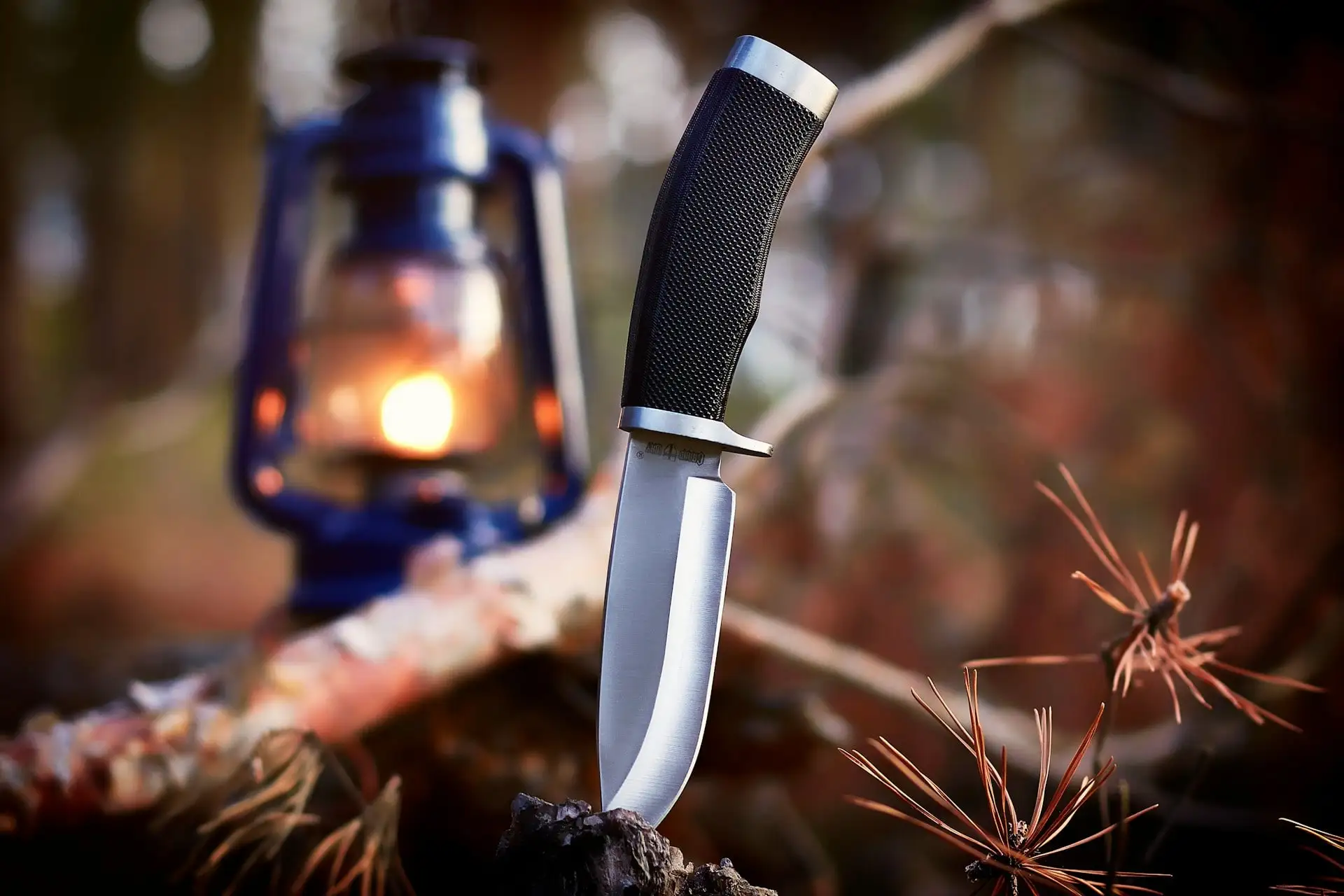
When researching for a camping or backpacking trip, you may have come across The Ten Essentials. These are a series of items that together offer a complete safety net for outdoor adventures. In this post, we’ll take a look at what The Ten Essentials are, why they’re important, and how you can use them to stay safe in the backcountry. But first, a bit of history!
The system was first pioneered in Mountaineering: The Freedom of the Hills , a book published by The Mountaineers in 1974. The Ten Essentials are a list of items that are considered essential for safe travel in the backcountry. The list has evolved over the years, but the basic idea remains the same: these are the items that you should always have with you when you’re venturing into the wilderness.
Each part of the Ten Essentials deserves its own section, and it’s important as a backpacker to know what they are and why they’re important.
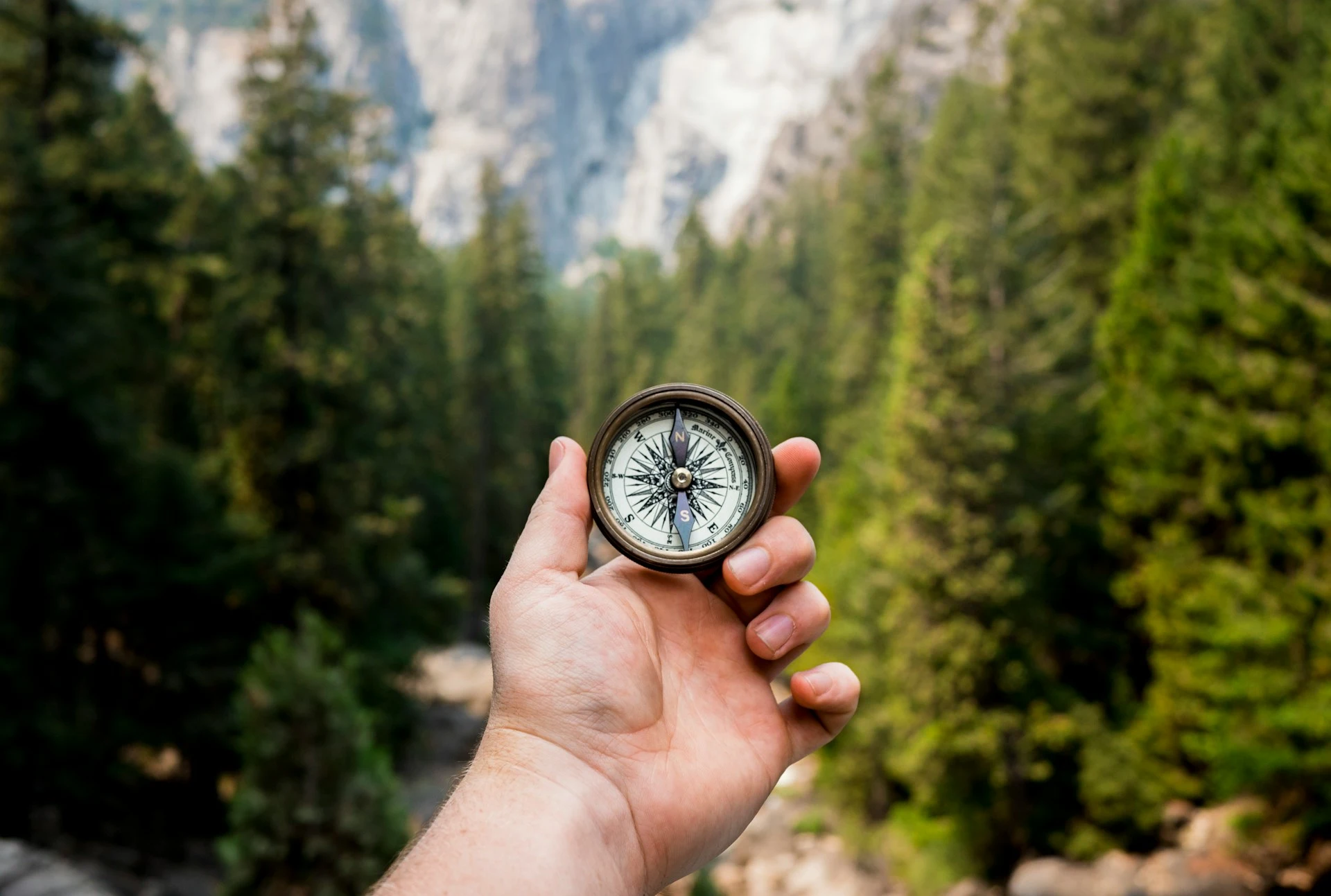
1. Navigation
Any good backpacker needs a means of knowing where you are and where you’re going. This can be as simple as a map and compass, or as complex as a GPS unit. The important thing is that you have some way of knowing where you are and how to get back to safety if you get lost.
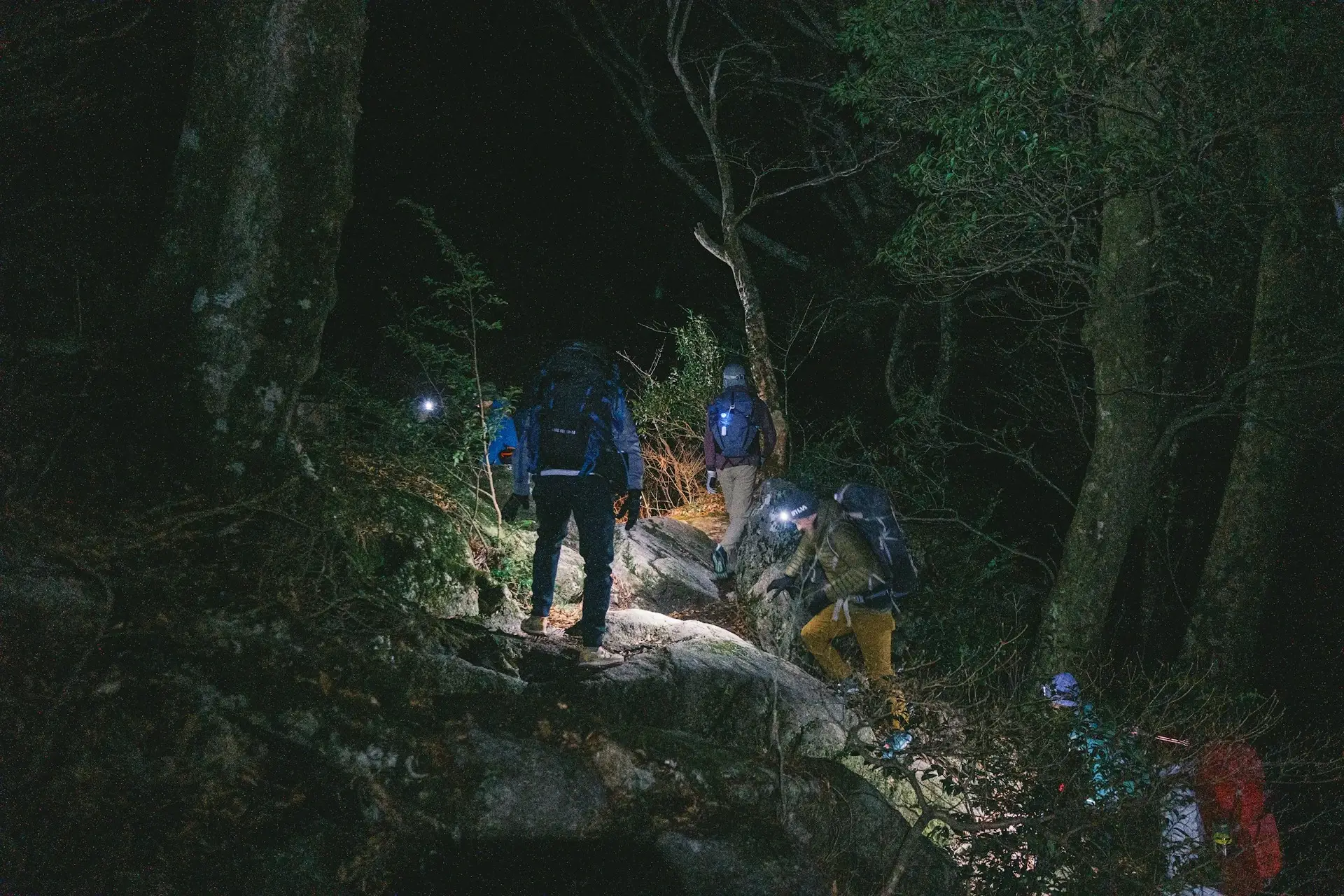
2. Headlamp
A headlamp or a source of light other than natural light is important for a few reasons. If you end up in a situation where you are out or hiking after dark, You will need a hands-free light source to use. Also, navigating to a designated outhouse in the night without a light source can be a bit of a challenge!

3. Sun protection
Adequate sun protection is crucially important. Sunburns can be painful and dangerous, and prolonged exposure to the sun can lead to heat exhaustion or heat stroke. When you are hiking in colder temperatures and in snow, sun protection is even more important. The light from the sun reflects off the snow and can cause sunburns on your face and neck, even if it doesn’t feel hot outside! Make sure you have a hat, sunglasses, and sunscreen to protect yourself from the sun’s harmful rays.
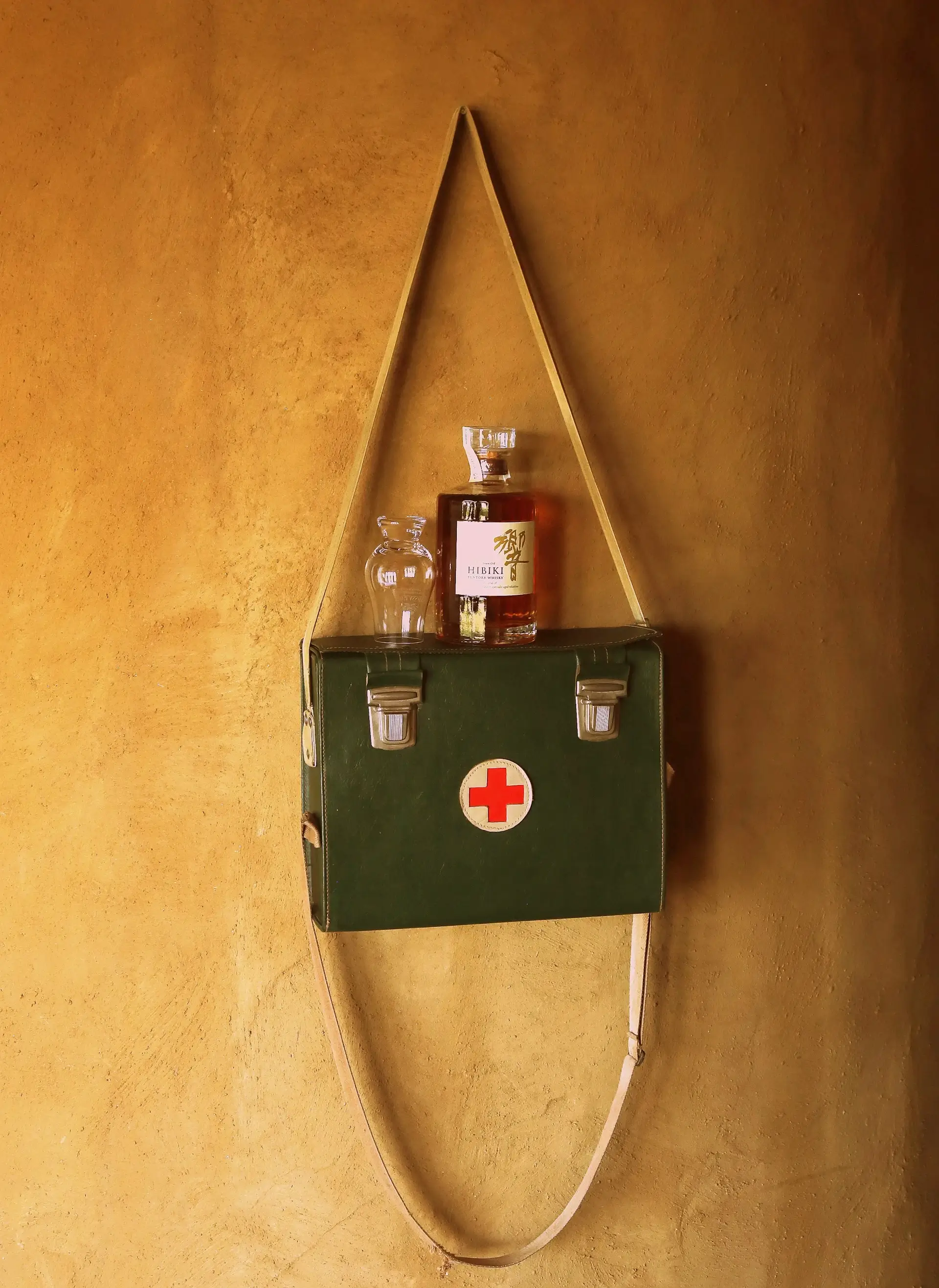
4. First aid
A well-equipped travel first aid kit is a very important component of your backpacking supplies. It should contain the basic materials you need to treat minor injuries and illnesses, such as bandages, antiseptic wipes, pain relievers, and blister treatment. Make sure that you keep up with the expiry dates on your first aid supplies, and replace them as needed. A few companies create compact first aid kits that are perfect for backpacking, and they can be found at most outdoor stores.
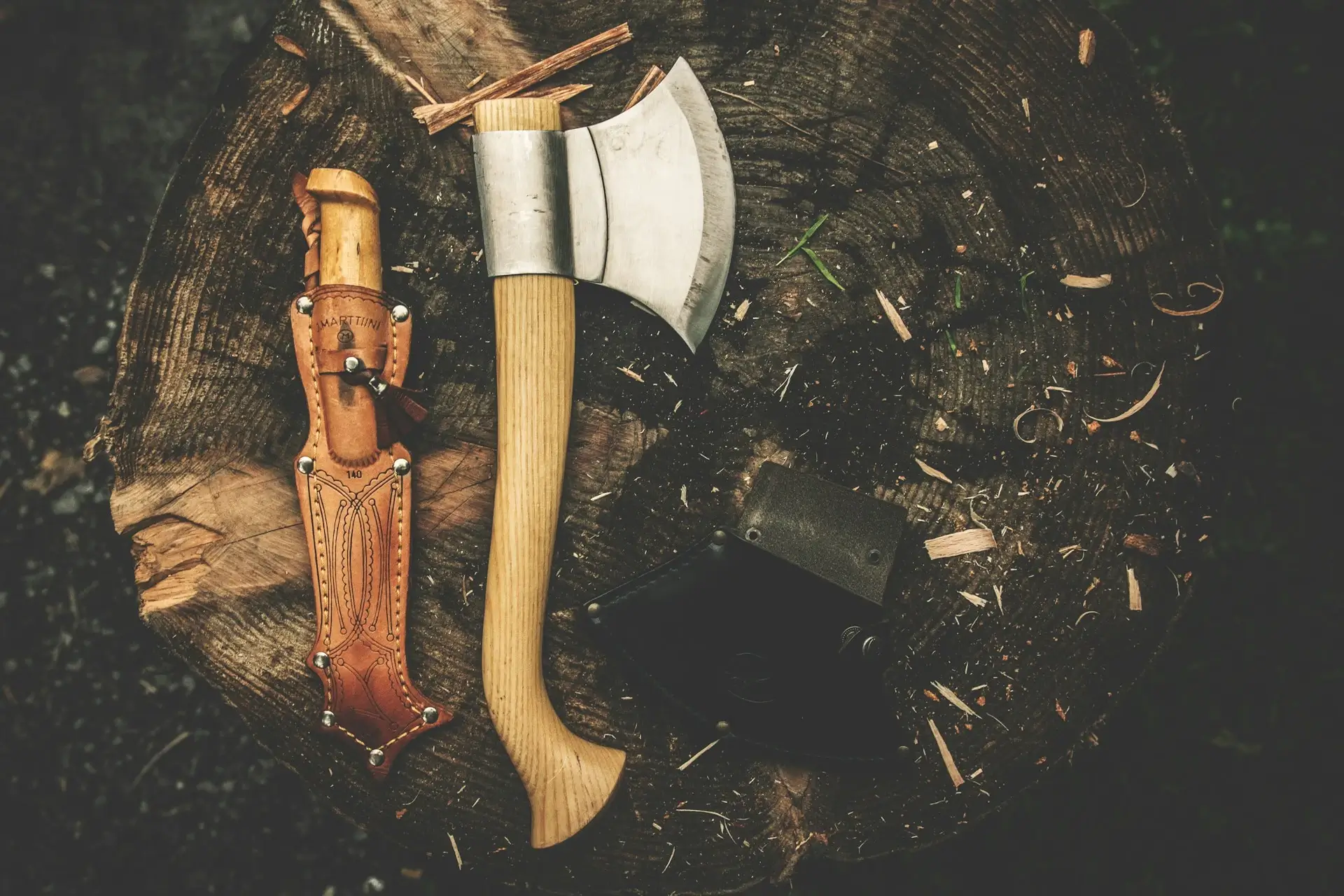
5. Knife
A knife is a versatile tool that can be used for a variety of tasks, from cutting rope to preparing food. In an emergency, a knife can be used to cut fabric for bandages, or cut yourself out from a difficult position. A good knife should be sharp, durable, and easy to handle. There are many different types of knives available, so choose one that suits your needs and preferences. A knife is an essential tool for any outdoor adventure, so make sure you have one with you at all times. Look for a knife with full tang, which means that the blade extends all the way through the handle. This makes the knife stronger and more durable, so it can handle tough tasks like cutting rope or carving wood.
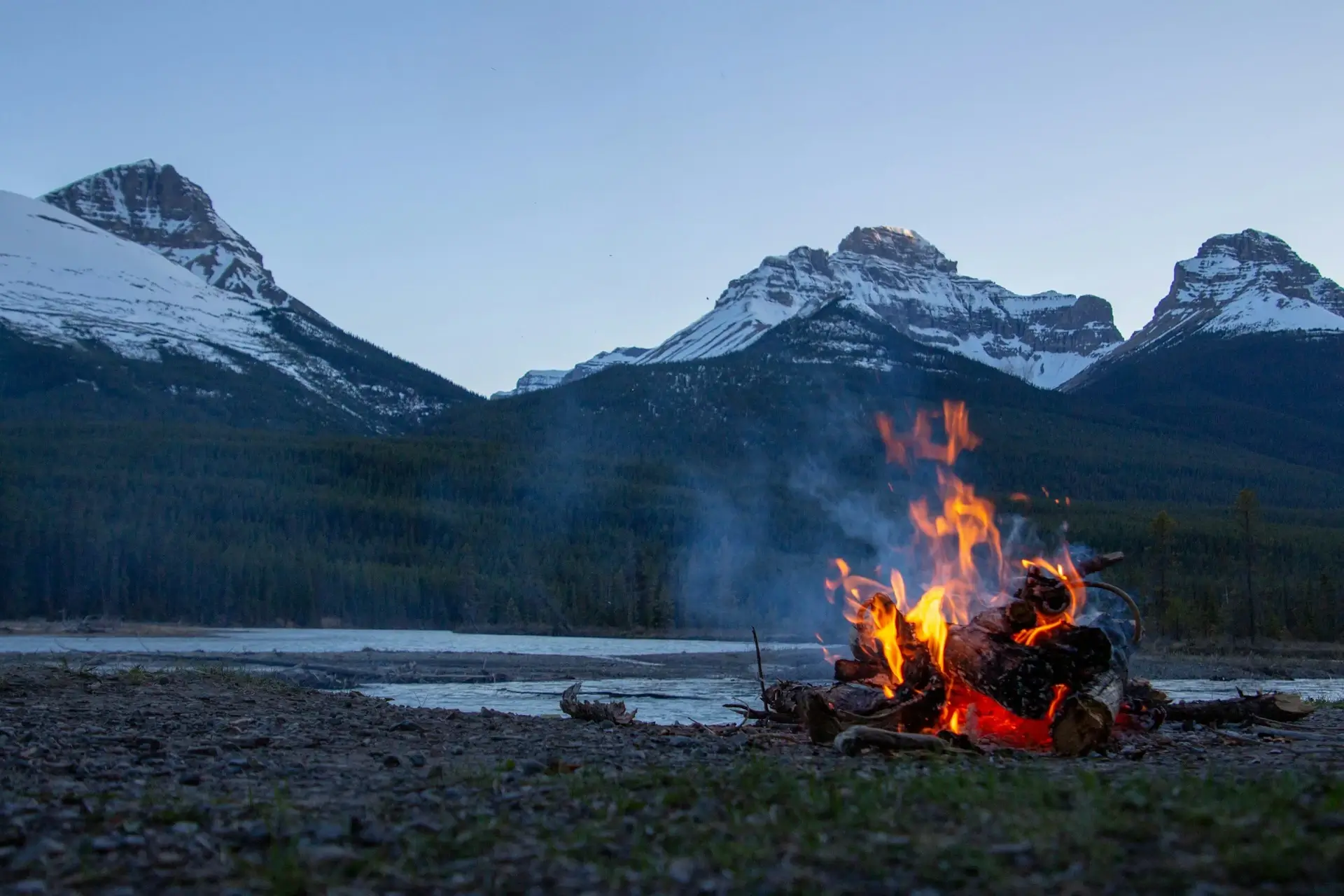
6. Fire
If you are hiking or camping in the wilderness, make sure you bring adequate fire starting supplies. For example, always bring some matches in a carrying case or a lighter, and a fire starter. When buying firestarting supplies for the first time, make sure you talk to someone at the store to point you in the best direction. Some examples of firestarters are magnesium fire starter, cotton balls soaked in vaseline, or specially treated wood.
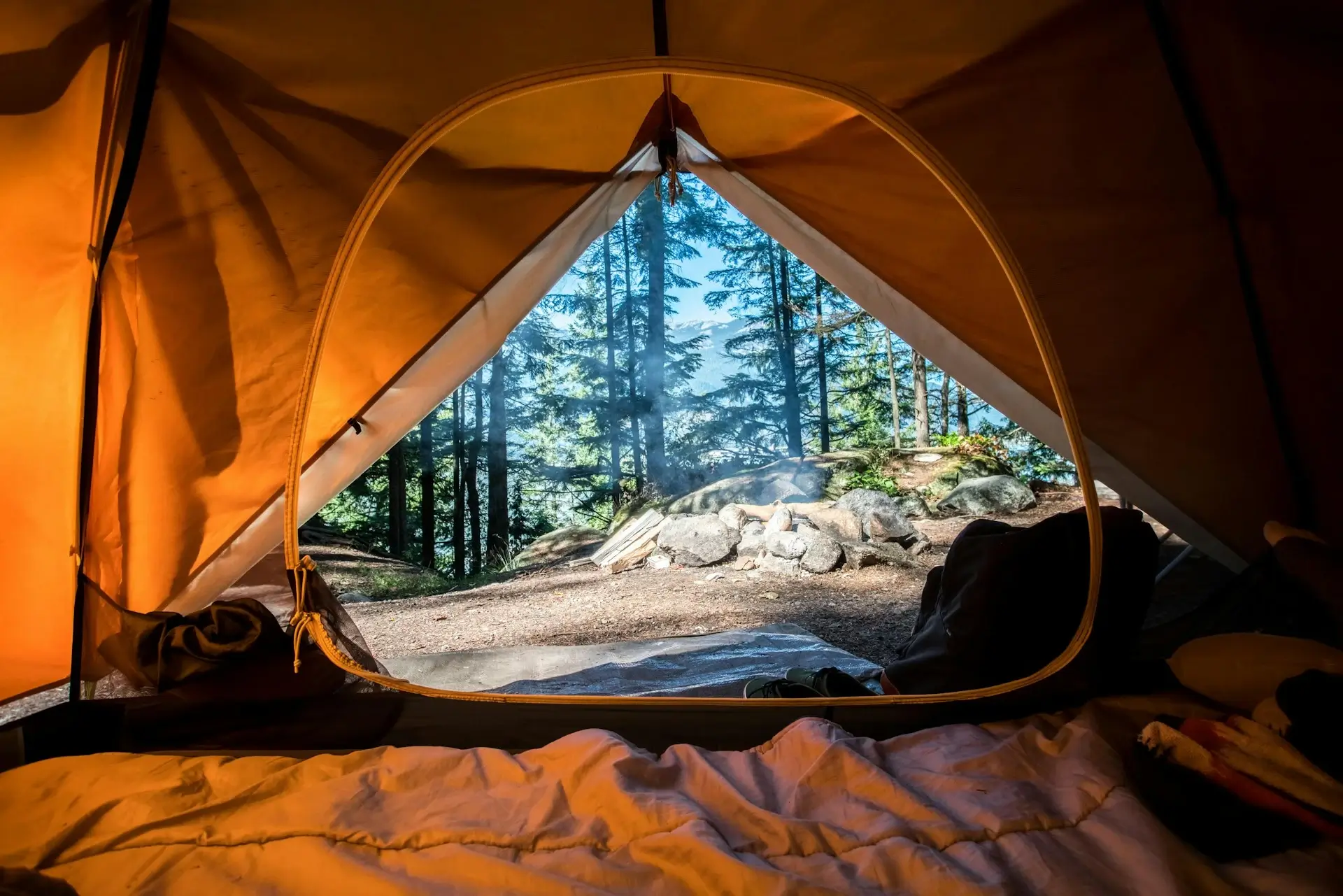
7. Shelter
A shelter is important for keeping you warm and dry in the backcountry. Besides carrying a tent with you, ensure you also have an emergency shelter, like an emergency blanket. There are super lightweight emergency shelters that can be used in a pinch, and they are a great addition to your backpacking supplies. If you are lost or far away from base camp, you do not want to be left without a way to keep warm at night.
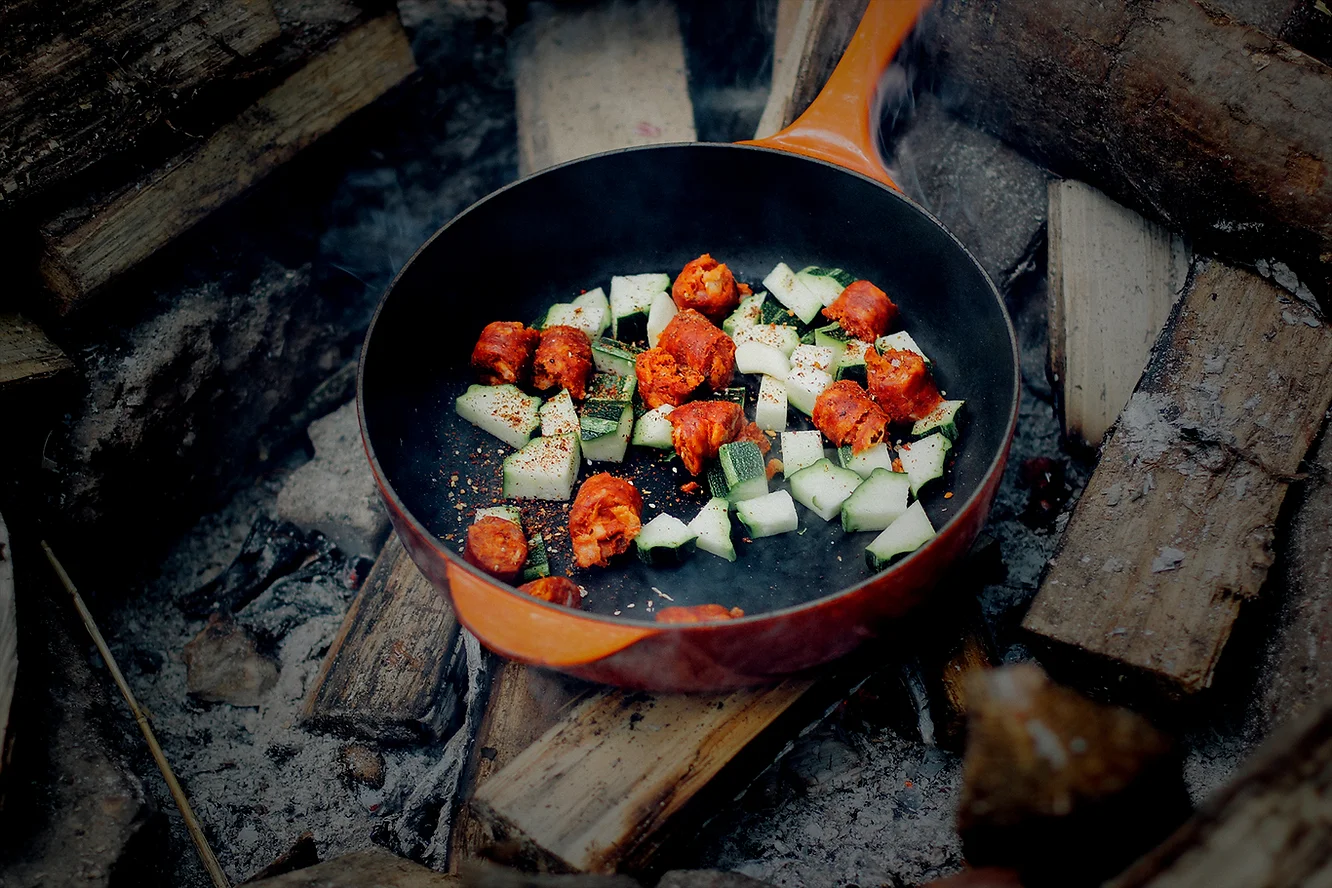
8. Extra Food
When packing for an overnight trip, you should ration out extra food. The general rule is for weekend trips, pack an extra day of supplies. Make sure the extra food you pack is light and calorie dense, you don’t want to be carrying extra weight. Clif Bars or other energy bars are a good candidate, along with nuts and dried fruit. If you are taking a longer trip, you may want to pack a small stove and some dehydrated meals. These are lightweight and easy to prepare, and they can be a lifesaver if you get lost or stranded.
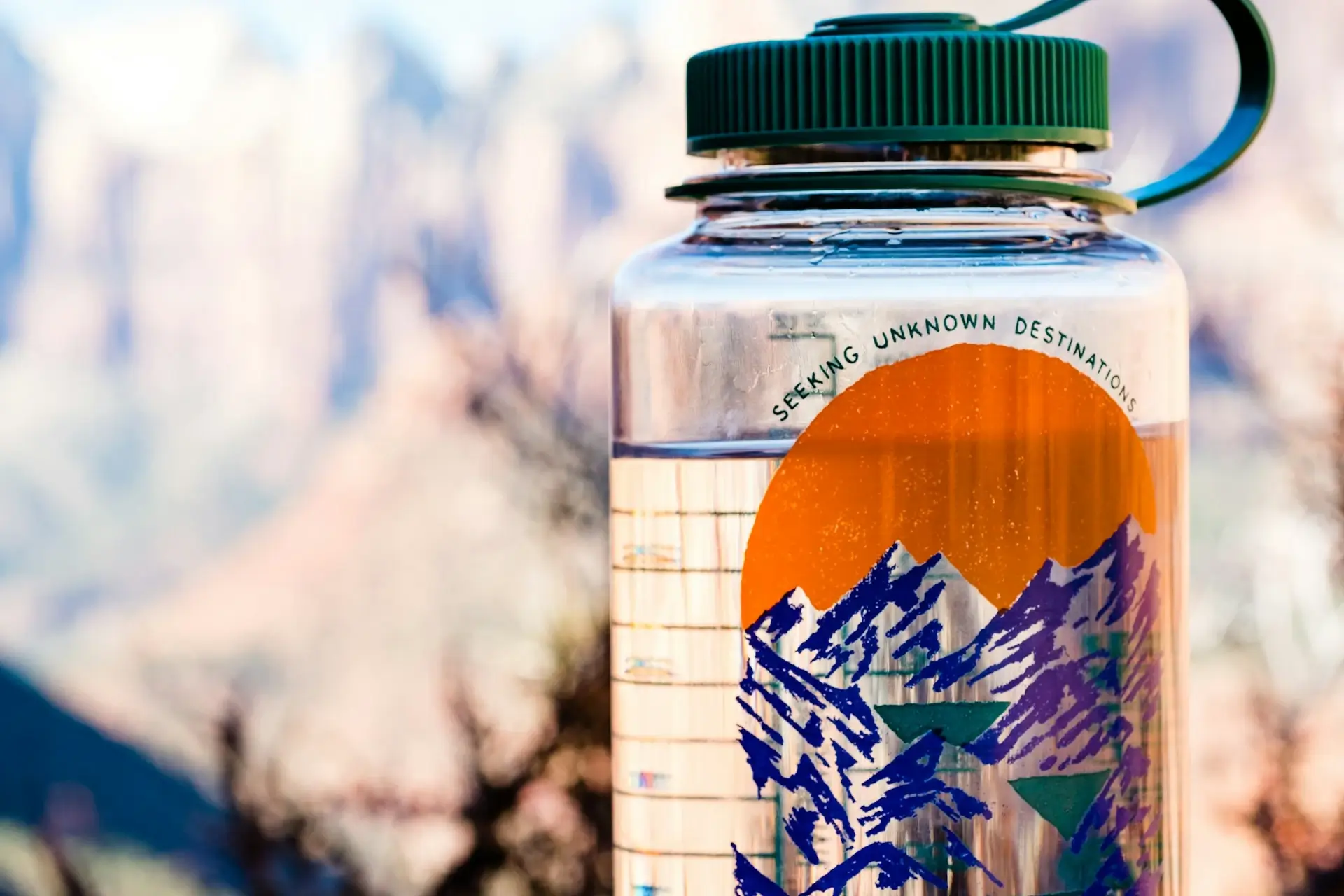
9. Extra Water
Water is essential for survival, and you should always carry extra water with you when you’re hiking or camping. The general rule is to drink at least 2 liters of water per day, but you may need more if you’re hiking in hot weather or at high altitudes. Make sure you have a way to purify water if you run out, such as a water filter or purification tablets. You can also carry a collapsible water bottle or a hydration bladder, so you can easily refill it at streams or lakes along the trail.
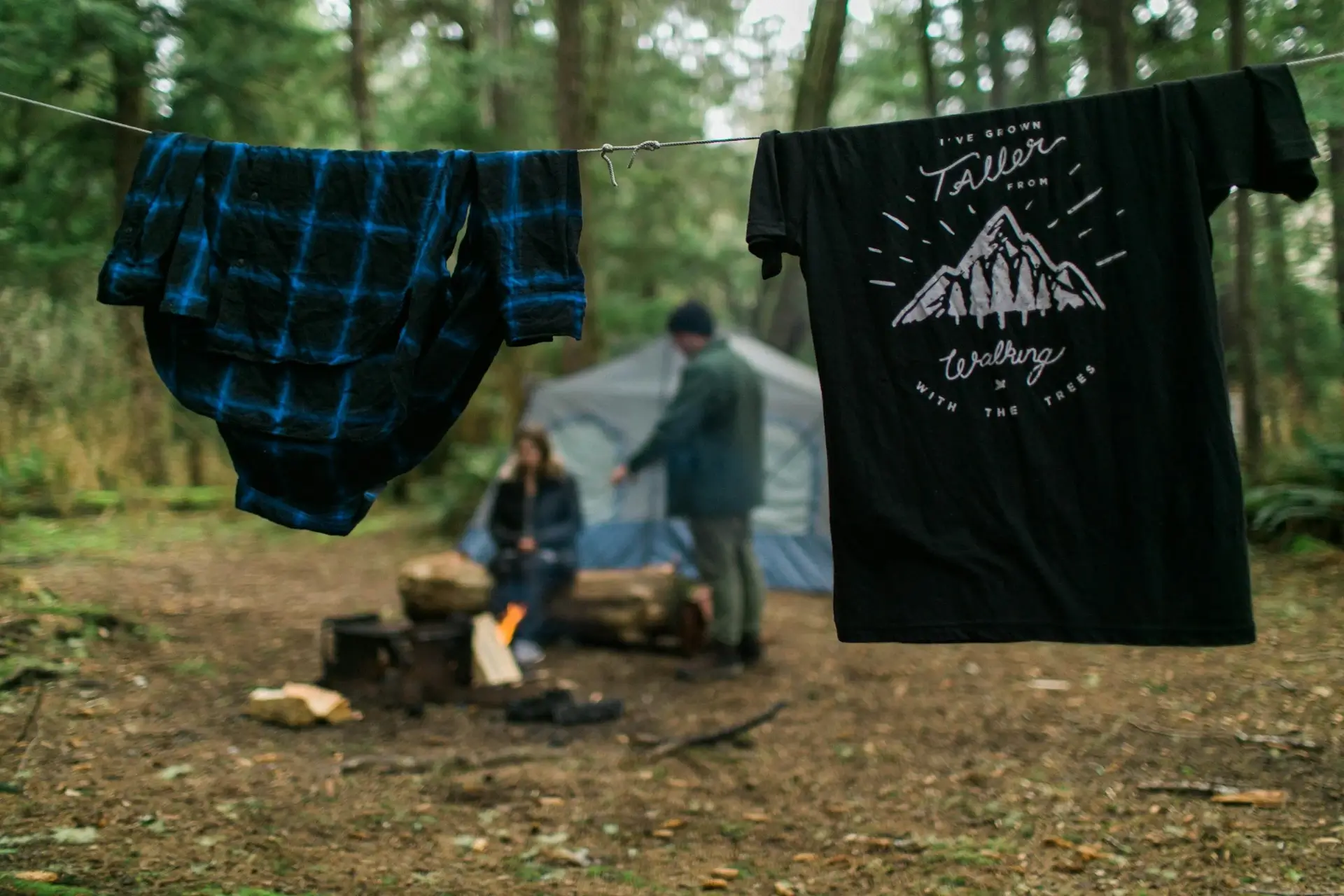
10. Extra Clothes
Staying warm and dry is one of the keys to survival. When backpacking over a couple of days, make sure to bring spare underwear and a good spare pair of warm wool socks. If you are travelling longer, you may need to pack extra tops and pants. The worst thing to happen to a hiker is to lose their means of staying dry. That could mean no fire, no shelter, or no extra clothing.
The Ten Essentials are a great starting point for any backpacker, and they can help you stay safe and comfortable on your outdoor adventures. Make sure you have all of these items with you when you’re hiking or camping, and you’ll be well-prepared for whatever the wilderness throws at you. Stay safe, and happy trails!